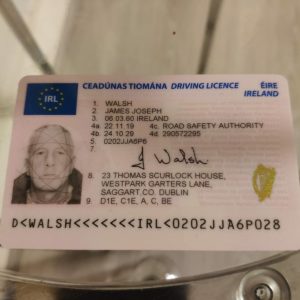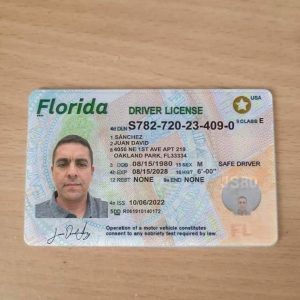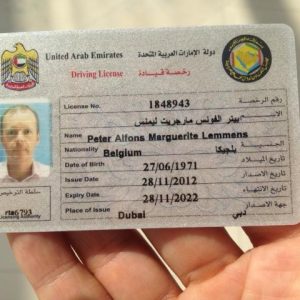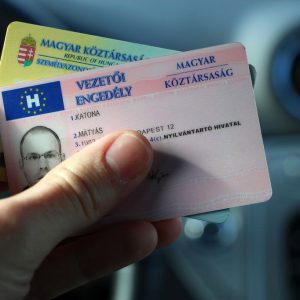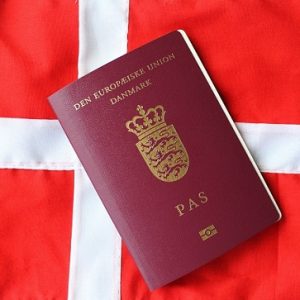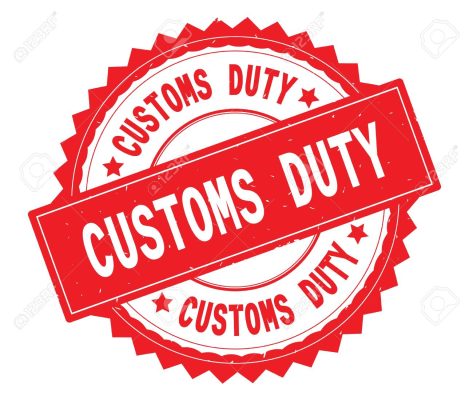Global Biometric Documents
With the integration of biometric data, such as fingerprints and facial recognition, these documents have become more secure and reliable than ever before.
Driver’s Licenses: Driver’s licenses are fundamental biometric documents used to authorize individuals to operate vehicles legally within their respective jurisdictions. In recent years, many countries have begun incorporating biometric features into these licenses, enhancing security measures and reducing identity fraud.
Identification Cards: National identification cards serve as primary proof of identity for citizens and residents in many countries. These cards often include biometric data such as fingerprints or facial images, ensuring accuracy in identity verification processes for various governmental and commercial purposes.
Passports: Passports are universally recognized travel documents that facilitate international travel. Biometric passports, also known as e-passports, contain embedded microchips that store biometric information, including facial images and fingerprints. These features enhance border security and streamline immigration processes at airports and other entry points worldwide.
Residence Permits: Residence permits are issued by governments to foreign nationals residing legally within a country’s borders. Biometric residence permits (BRPs) are increasingly being adopted to verify identity and eligibility for services such as healthcare and employment, contributing to better immigration management and security.
IELTS Certificates: The International English Language Testing System (IELTS) certificate is essential for non-native English speakers seeking educational and employment opportunities abroad. While not a traditional biometric document, advancements in digital certificates and verification methods are increasingly incorporating biometric elements to prevent fraud and ensure authenticity.
Biometric Visas: Biometric visas integrate biometric data into visa applications and issuance processes, enhancing security and reducing the risk of visa fraud. Biometric features such as fingerprints and facial scans are captured during visa application processes, making it easier to verify the identity of visa holders at border checkpoints.
The Future of Biometric Documents: As technology continues to advance, the future of biometric documents holds promise for even greater security and efficiency. Innovations such as blockchainn, technology for document verification and mobile biometric solutions are likely to reshape how individuals prove their identities and travel internationally.
Driving in the UK
The Driver and Vehicle Licensing Agency (DVLA) plays a pivotal role in ensuring the smooth operation of the UK’s transport system. Whether you’re a new driver or an experienced one, the DVLA is central to managing essential aspects of driving, from issuing a driving licence to maintaining records of vehicles and drivers.
Here’s a comprehensive guide to understanding the DVLA and its key functions:
Getting Your Driving Licence
Obtaining a driving licence is a milestone for any new driver. The process begins with applying for a provisional licence, which allows you to start learning how to drive. To qualify for a full licence, you’ll need to pass both the passed theory test and the practical driving test. The DVLA oversees the issuance of licences and ensures that drivers meet the necessary standards for road safety.
Car Insurance: A Legal Requirement
Before hitting the road, every driver in the UK must have car insurance. The DVLA works with insurers to ensure vehicles are adequately covered. Failing to insure your car can lead to penalties, including fines or even the seizure of your vehicle.
Number Plates and Vehicle Registration
The DVLA is also responsible for issuing and managing number plates for all registered vehicles. These plates are not just for identification they play a vital role in enforcing traffic laws and ensuring road safety. Whether you need to replace a lost plate or register a new car, the DVLA provides the necessary servicess.
Removing Banned Drivers from the Road
One of the DVLA’s critical functions is maintaining road safety by removing banned drivers. Drivers can face bans for serious offenses like drink driving, accumulating too many penalty points, or reckless behavior. Once banned, drivers must meet specific conditions before regaining their licence.
Staying Compliant with DVLA Regulations
The DVLA also ensures that drivers and vehicle owners comply with a range of regulations, from timely licence renewals to keeping vehicle information up to date. Failing to do so can result in fines or legal action.
Best Selling Products
Free Shipping on all orders
Get Free Shipping on all orders over €$£75 and free returns to our UK returns center! Items are dispatched from the US and will arrive in 2-5 days.
Amazing customer service
Whether it’s face-to-face, over the phone, or via email/chat, we ensure that your message is understood and that you understand the customer’s needs..
No Customs or Duty Fees!
We pay these fees so you don’t have to! The total billed at checkout is the final amount you pay, inclusive of VAT, with no additional charges at the time of delivery!

